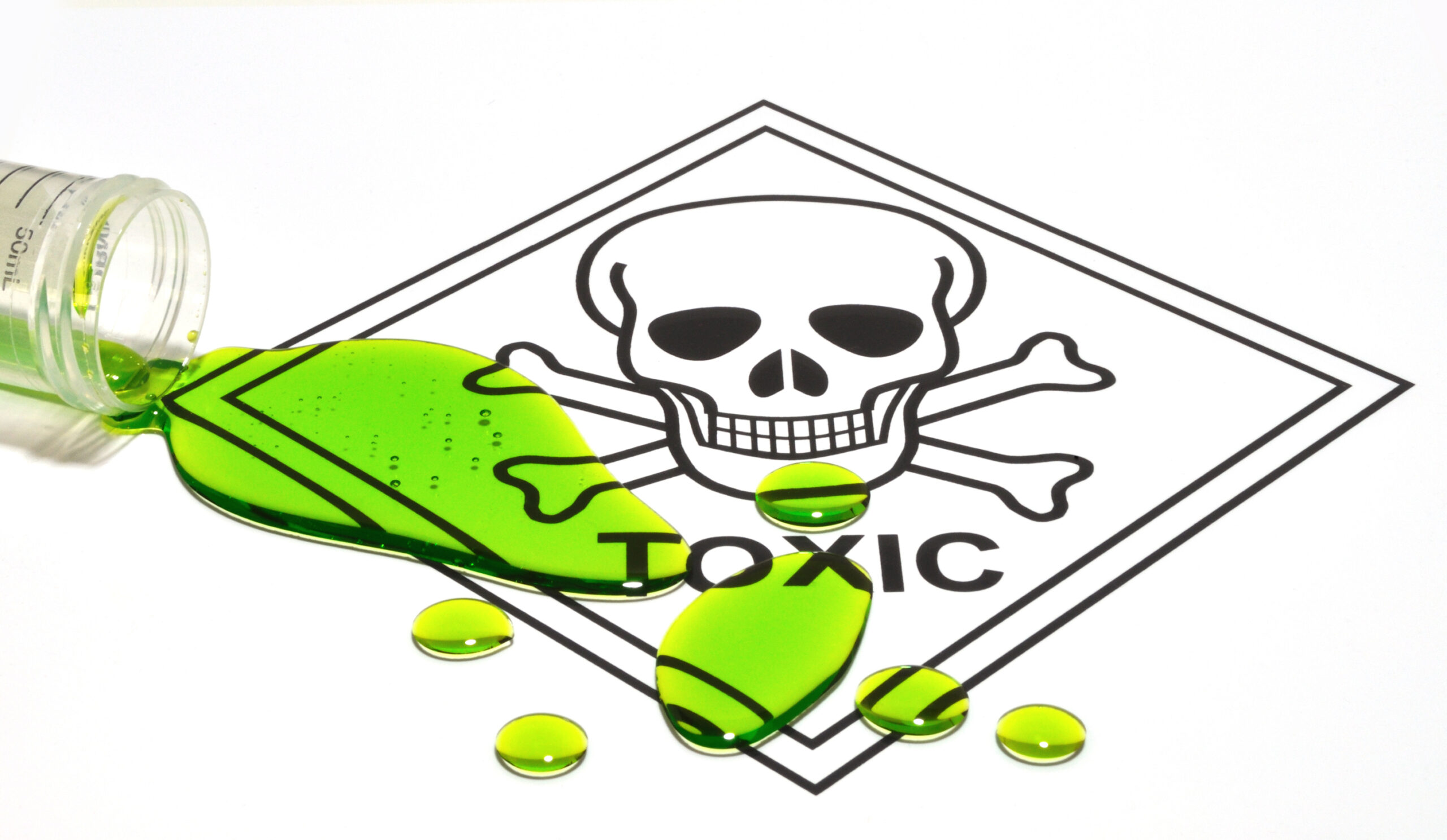A landmark research project over the last 20 years, the Adverse Childhood Experiences study, assessed thousands of adults’ physical and emotional well-being, then asked them about their childhood traumas: abuse, neglect, family dysfunction, and attachment. They found that the more traumas children had, the more they developed chronic illnesses as adults, such as heart disease, cancer, asthma, diabetes and liver disease. They were also much more likely to suffer with severe depression, alcoholism, drug abuse, suicidal attempts, unintended pregnancies, smoking, obesity, and sexually transmitted diseases.
Toxic stress during childhood – physical and sexual abuse, emotional neglect, witnessing domestic violence, lack of safe and secure attachment – disrupts the wiring of the developing brain and releases stress hormones that alter key biological systems. The stress response – fight, flight or freeze – is useful in everyday life to protect us from danger, but is very damaging when triggered repeatedly during trauma. Children with toxic stress experience constant fear and danger; their brains are overloaded with stress hormones so they have trouble focusing and learning in school.
Society and families spend and enormous amount of money on the after affects of childhood trauma; $124 billion over the lifetime of traumatized children for just one year of confirmed cases (e.g. medical, child welfare, criminal justice, and special education costs).
The ACE study reveals the staggering proof of the negative health, social and economic results of childhood trauma. Many consider this a chronic public health disaster, because traumatized children appear in all human service systems throughout their lifespan. Children who lack necessary adult support and protection (i.e. secure attachment) are likely to have lifelong health and behavioral problems.


